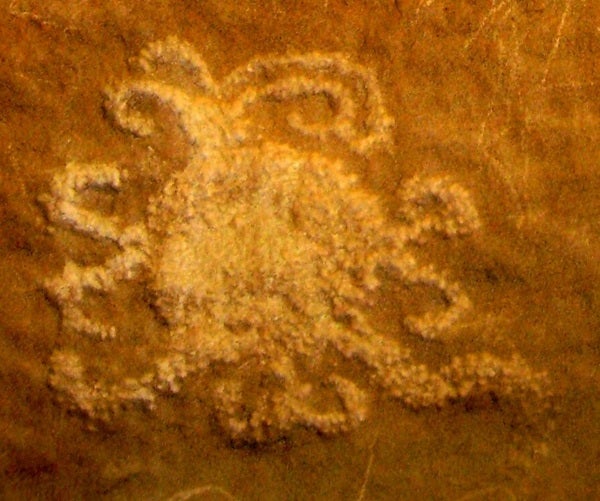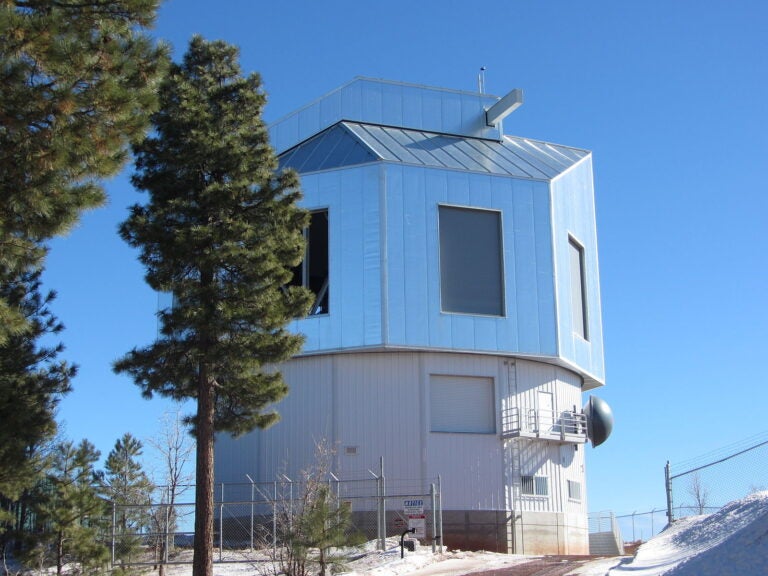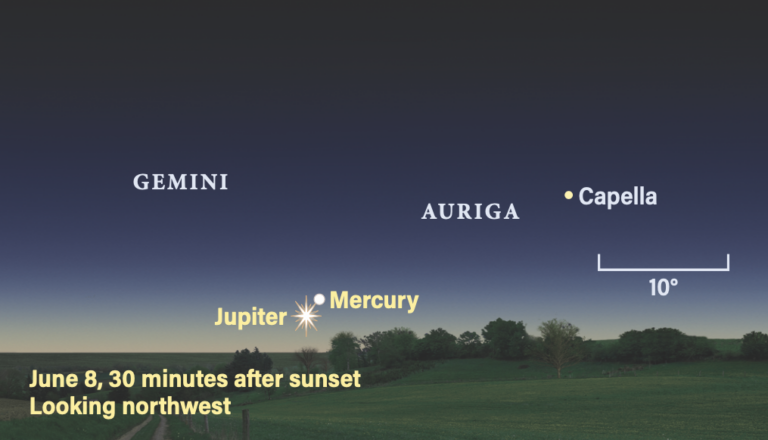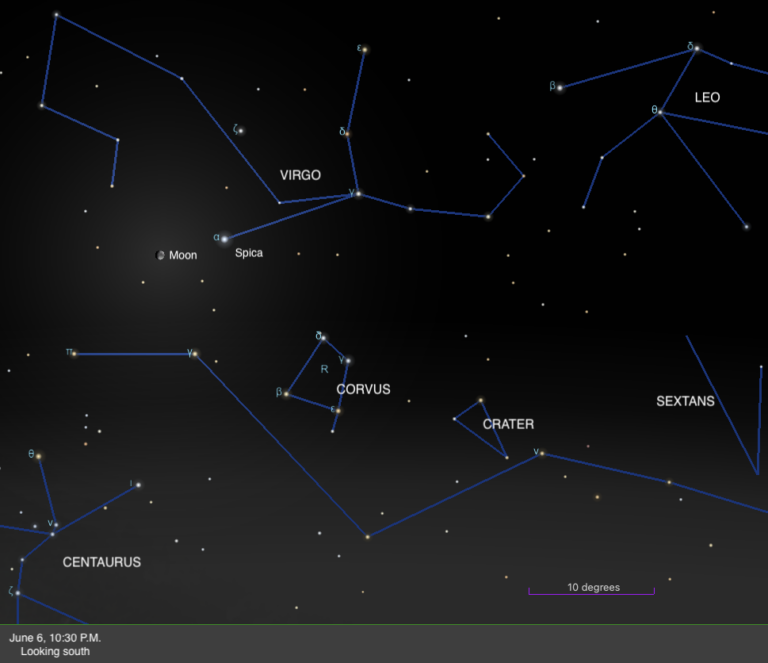There are so many photographs of eclipses, and while they’re all amazing to see, this one might be the most special.
Emeritus J. McKim “Kim” Malville,” professor of astrophysical and planetary sciences at the University of Colorado Boulder, said there may be a very old symbol of a total solar eclipse in New Mexico’s Chaco Canyon.
The petroglyph, a picture carved into a rock known as Piedra del Sol in the canyon, shows a circle with looping lines coming off of it, similar to the sun’s corona. The petroglyph was first discovered during a CU Boulder school trip and is believed to have been a representation of the July 11, 1097 total solar eclipse.
“To me it looks like a circular feature with curved tangles and structures,” Malville said in a press release. “If one looks at a drawing by a German astronomer of the 1860 total solar eclipse during high solar activity, rays and loops similar to those depicted in the Chaco petroglyph are visible.”
Malville worked with José Vaquero, a professor at the University of Extremadura in Cáceres, Spain, to study the petroglyph in relation to the 1097 eclipse using three different sources. The first was using ancient tree rings that were dated back to thousands of years ago. The rings also have traces of isotope carbon-14, which can be correlated back to solar activity at the time. Less carbon-14 means more sunspots, and sunspots are evidence of high solar activity.
The second method the pair used was naked-eye observations of sunspots, and the third method was studying data from northern Europeans about “auroral nights,” or the northern nights, which is another sign of high solar activity. Their findings about the petroglyph were published in the Journal of Mediterranean Archaeology in 2014.
Piedra del Sol also has a spiral petroglyph that Malville said marks sunrises about 15 days before June solstice as well as a hollowed-out bowl on the east side where Chacoans left offerings. There are two other astronomical art pieces on rocks Chaco Canyon: what is believed to be the A.D. 1054 supernova and a comet, possibly Halley’s Comet.










